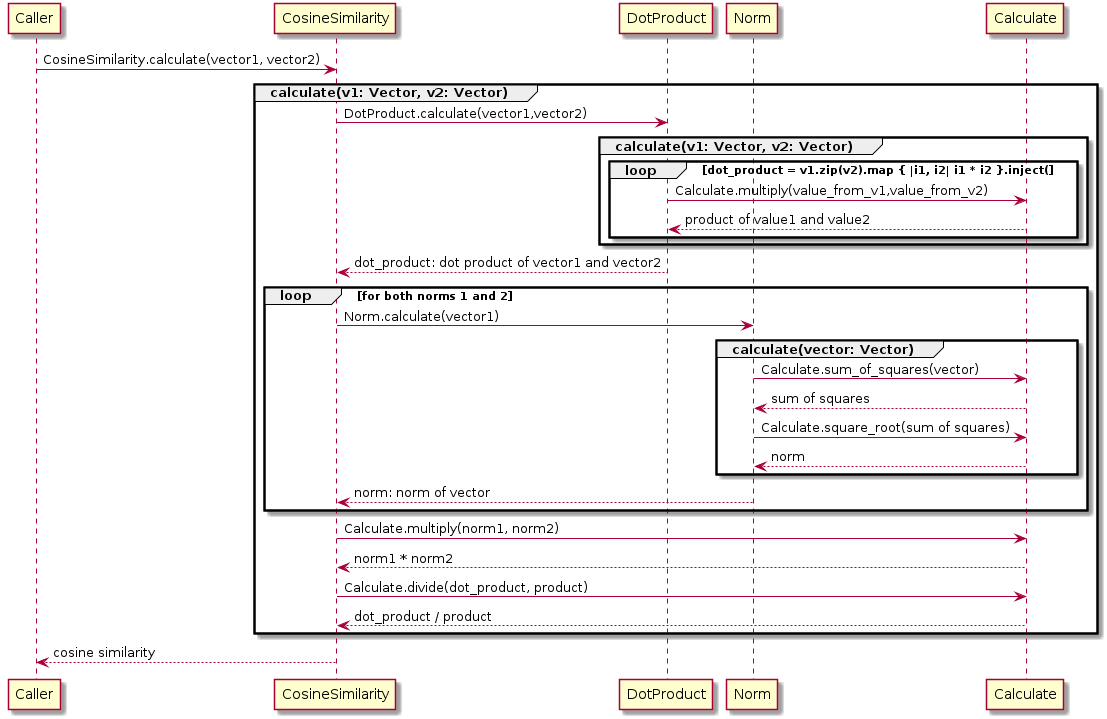Time to Talk about Values

Let’s get serious now. It’s time to talk about values. Chances are high that you have heard this before. Corporations want to hire people who share their common values. Even sport clubs prefer to work with people who share their values. Et cetera. Obviously, the values matter. A lot!
The real question is, how do you know whether someone shares your values? Let’s find out!

A practical Real-World Example
Let’s say that an interstellar insurgency group known as “the Jedi Order” in a far-away galaxy wants to hire another Jedi knight to turn the tide in their hopeless fight against the Evil Empire. Now, there are many warriors in the galaxy who say they are a true Jedi while they are not.
First of all, how do we know how closely the applicant’s values are aligned with those of the Jedi Order? Well, we can use the force to find it out, or we can use the…
Cosine Similarity!
Looking at the Jedi knights that we already have (or had), we know the average values of a typical Jedi knight:
number of light sabers: 8
number of robotic pets: 2
opinion about empire (0-100): 0
opinion about rebels (0-100): 100
Placing the values into a vector, we get:
jedi_order_values = [8,2,0,100]
And looking at an imaginary applicant 1’s values, we get:
applicant1_values = [3,1,9,82]
And the values for the other applicant:
applicant2_values = [4,0,13,92]
Which one of these two candidates is the better match?
Calculating the cosine similarity with the Jedi Order for both candidates:
similarity1 = CosineSimilarity.calculate jedi_order_values, applicant1_values
similarity2 = CosineSimilarity.calculate jedi_order_values, applicant2_values
We get result 0.993 for the first applicant and result 0.989 for the second candidate. Clearly, we’ll hire the applicant number 1.
I know that every reader is deeply impressed by this magic bullet at this point, so let’s have a look under the hood and see how the engine ticks.
Understanding the Cosine Similarity
To calculate the cosine similarity, just take the dot product of the two vectors representing each applicant and divide it with the product of their norms. Actually, these kinds of things are so much easier to express in a programming languge:
class CosineSimilarity
def self.calculate(vector1, vector2)
dot_product = DotProduct.calculate vector1, vector2
norm1 = Norm.calculate vector1
norm2 = Norm.calculate vector2
dot_product / (norm1 * norm2)
end
end
To further improve the process, you might want to apply coefficents to each property depending on how much each value matters to you in this game of Jedi.
What about the Norm?
To calculate the norm of any vector, you need to
- Calculate the square of each value in the vector
- Calculate the sum of each square
- Take the square root of the sum
Let’s express this in Ruby:
class Norm
def self.calculate(vector)
Math.sqrt(vector.reduce(0) { |sum_of_squares, value|
sum_of_squares += value ** 2
})
end
end
Finally, have a look at a sequence diagram presentation of the algorithm:

Next time, let’s delve into the topic about who is normal, who is not, why it matters and how to find out!
Cheers!